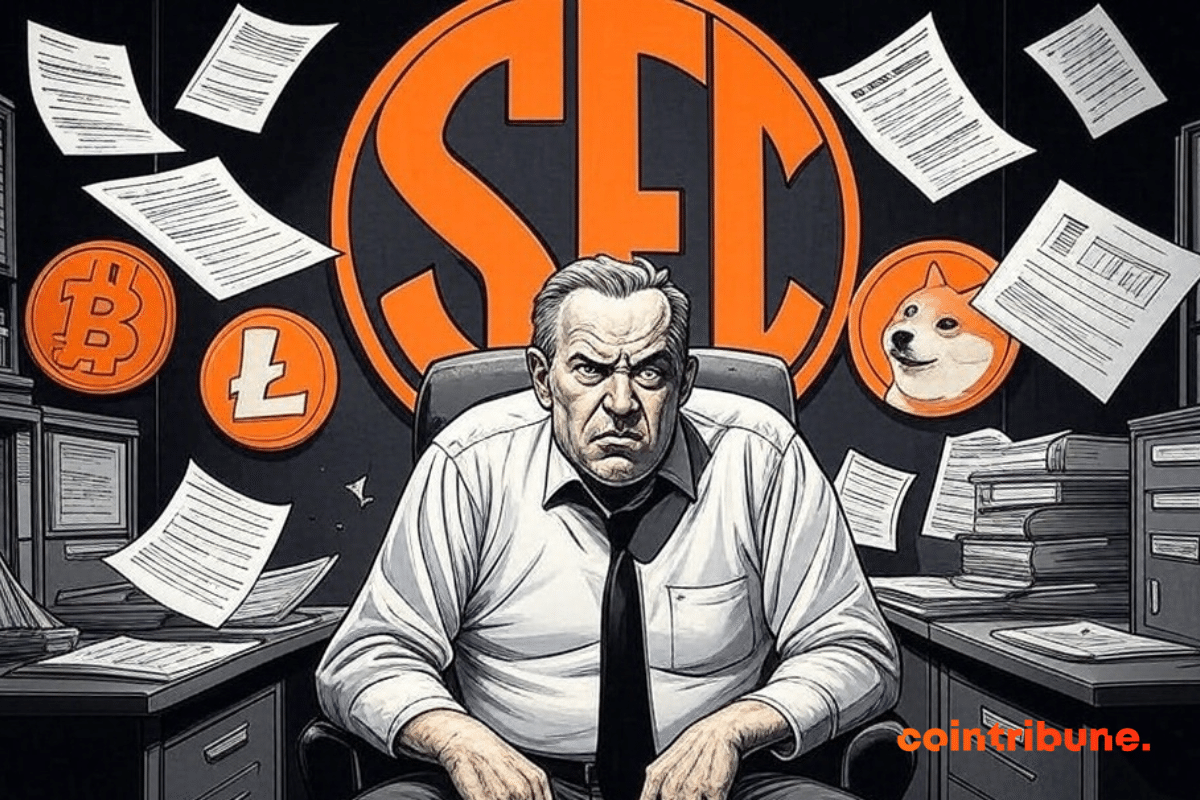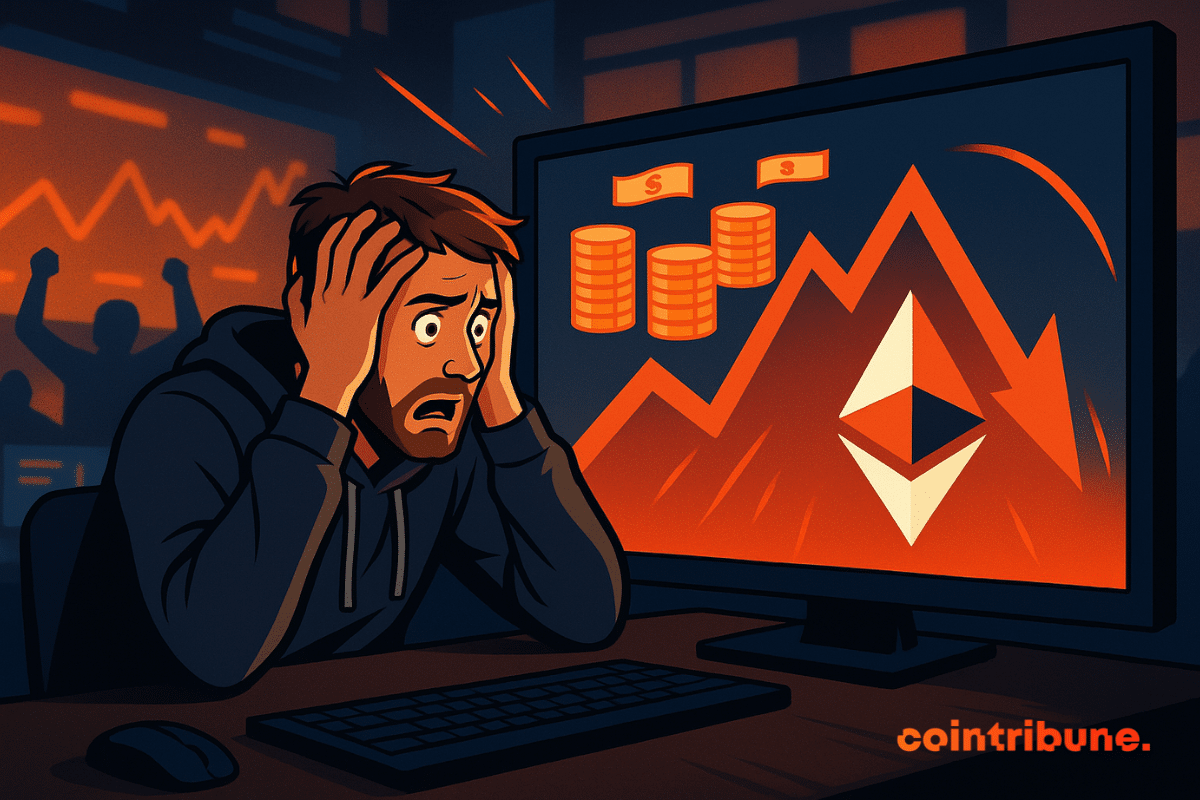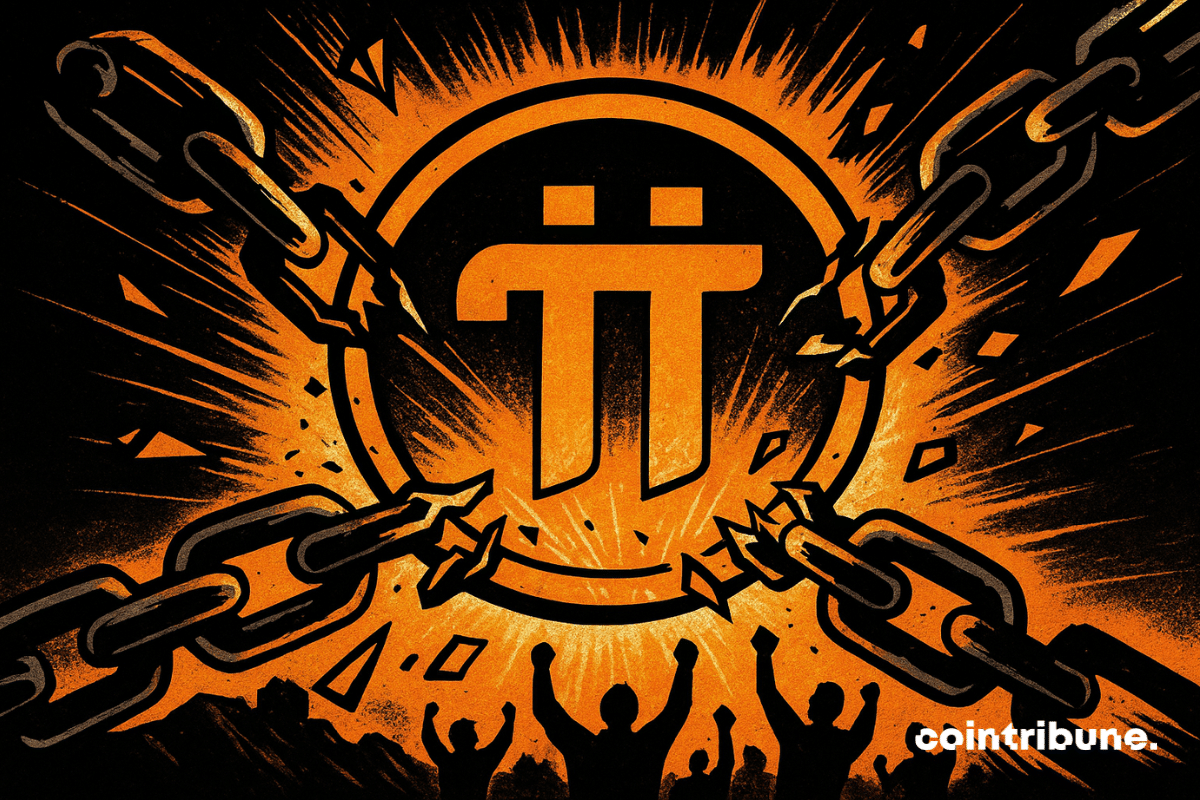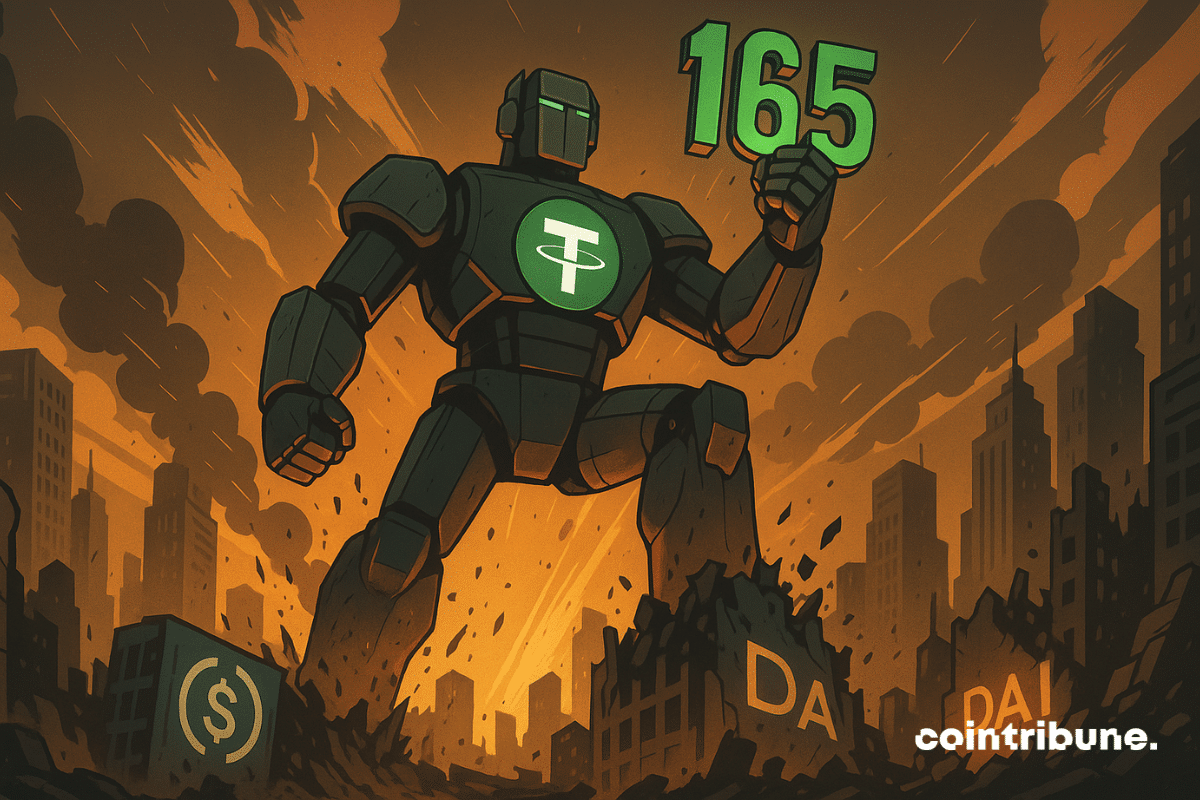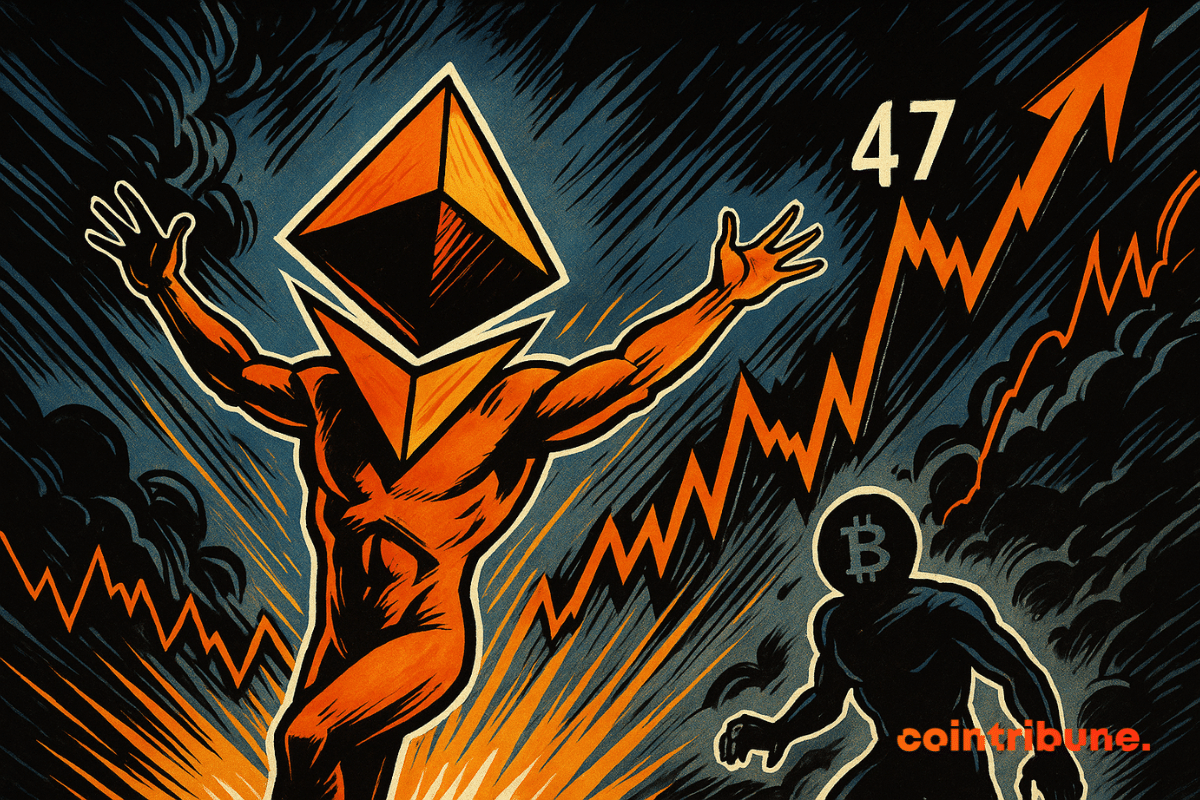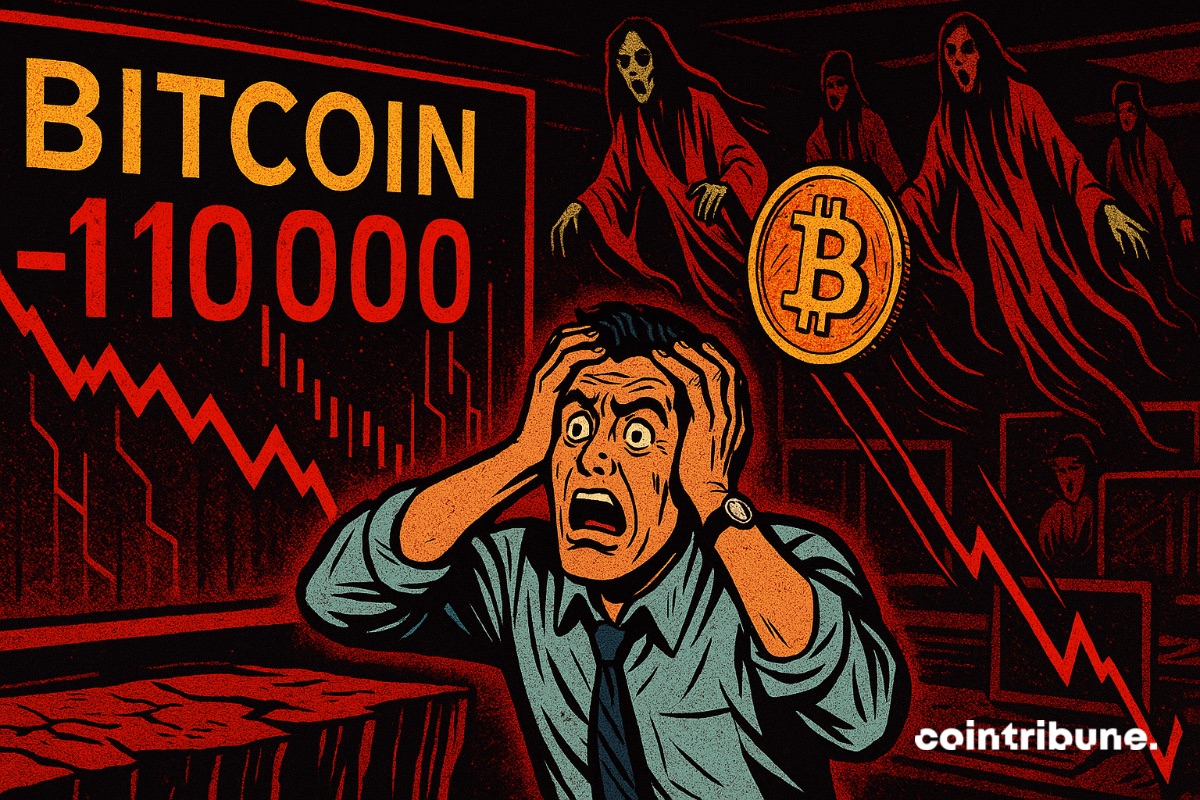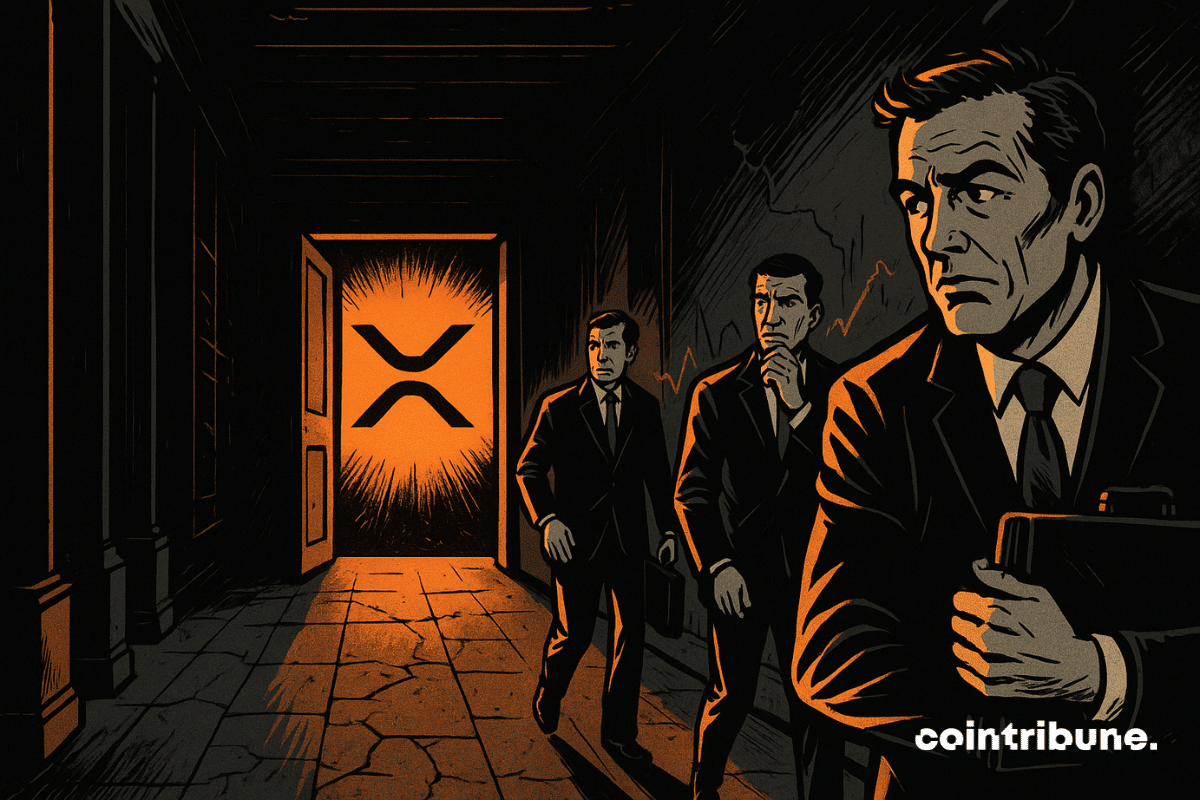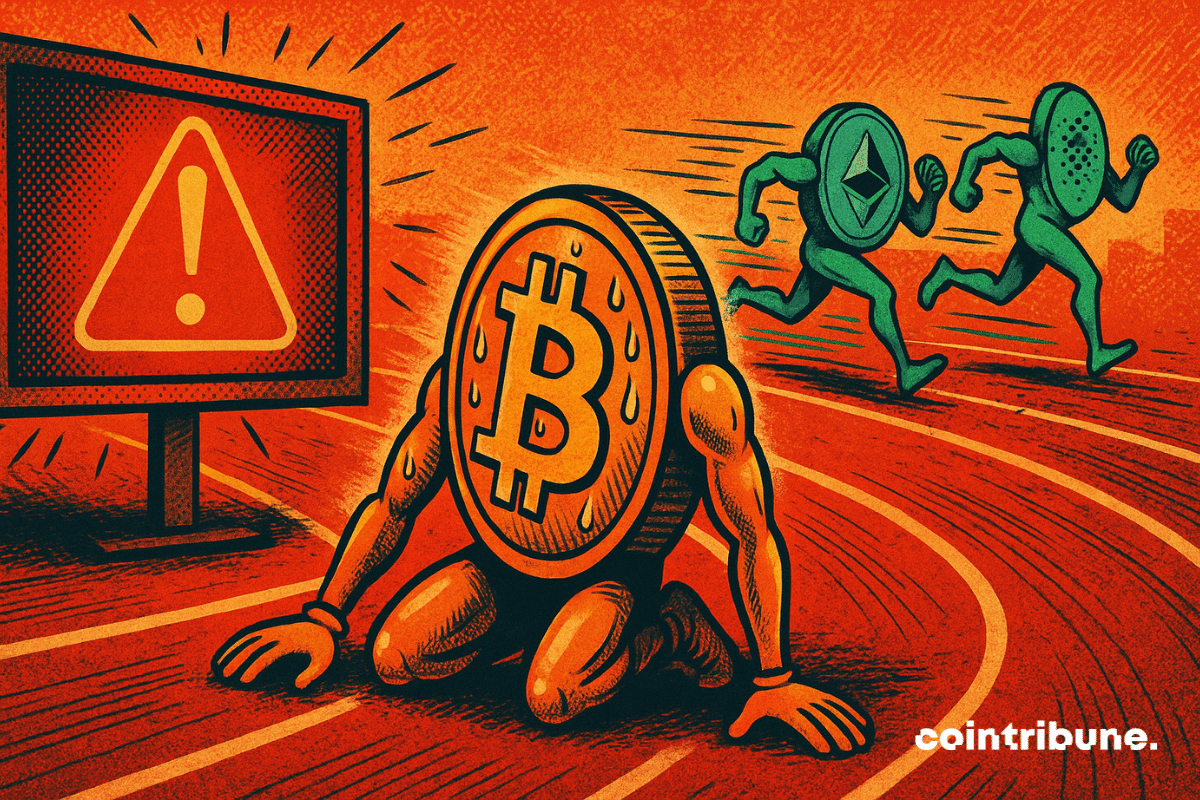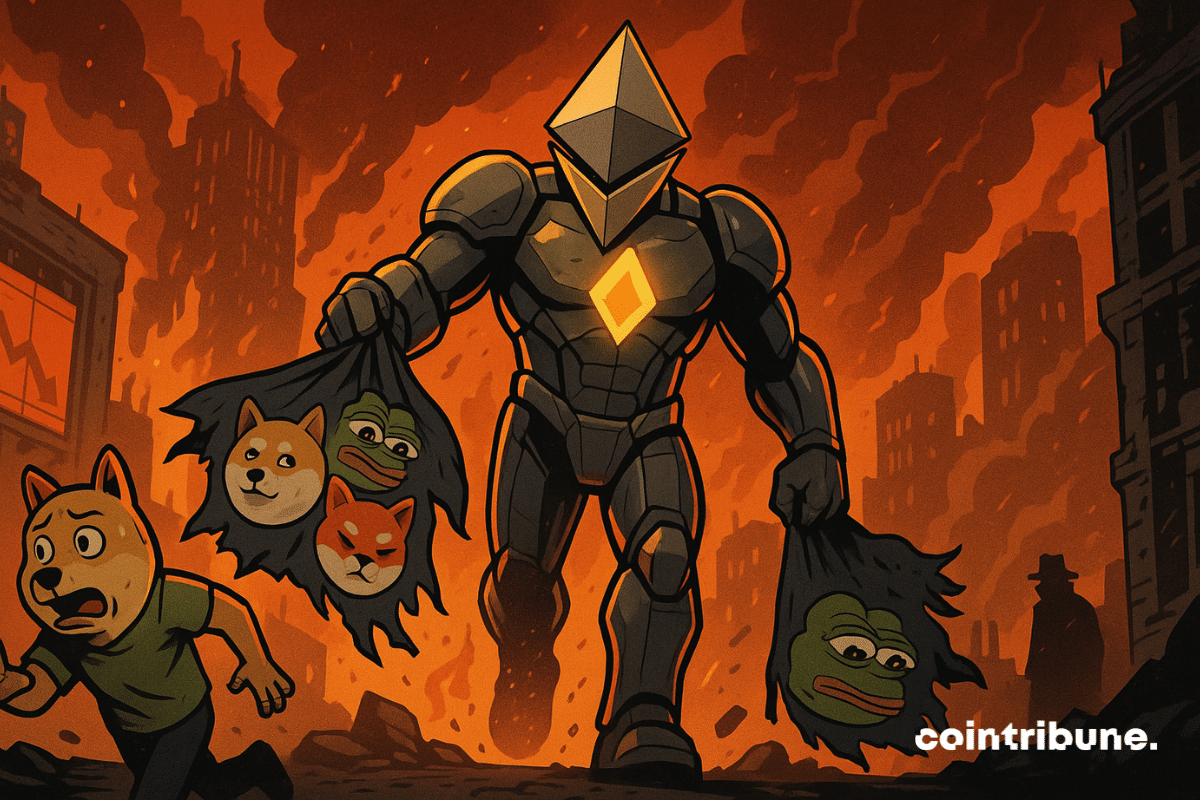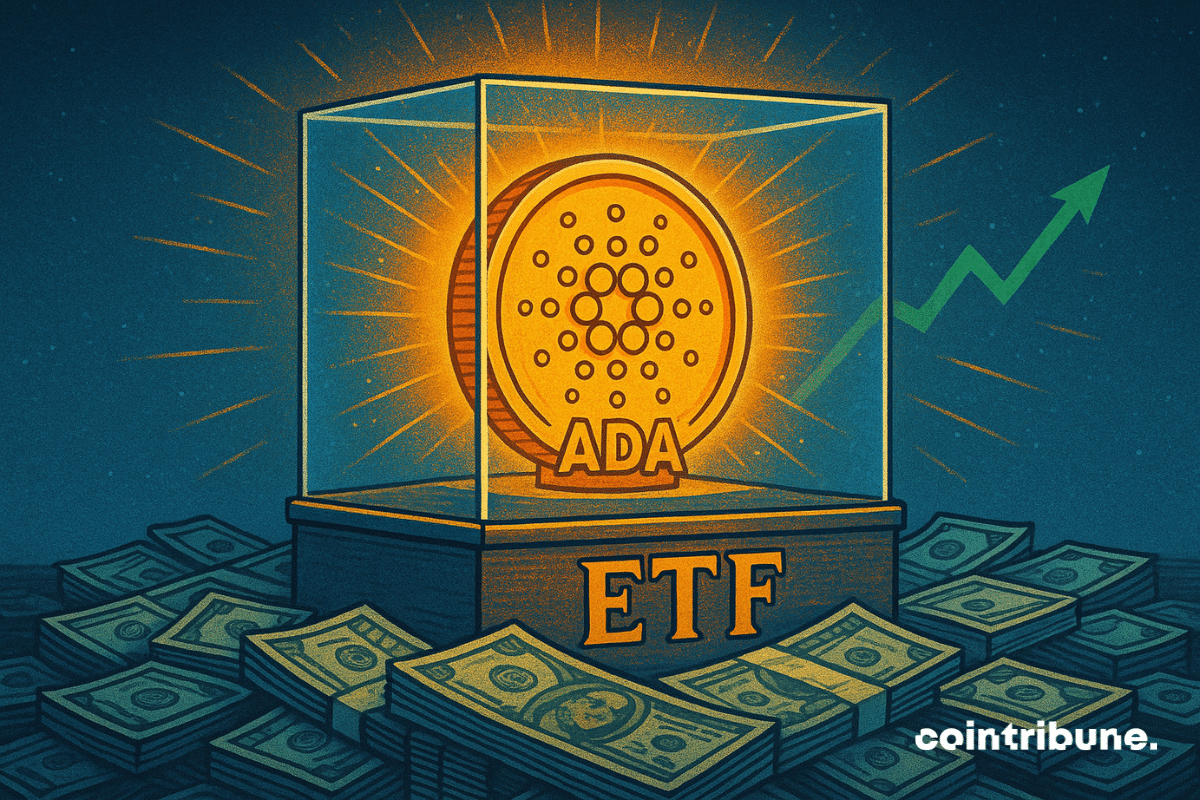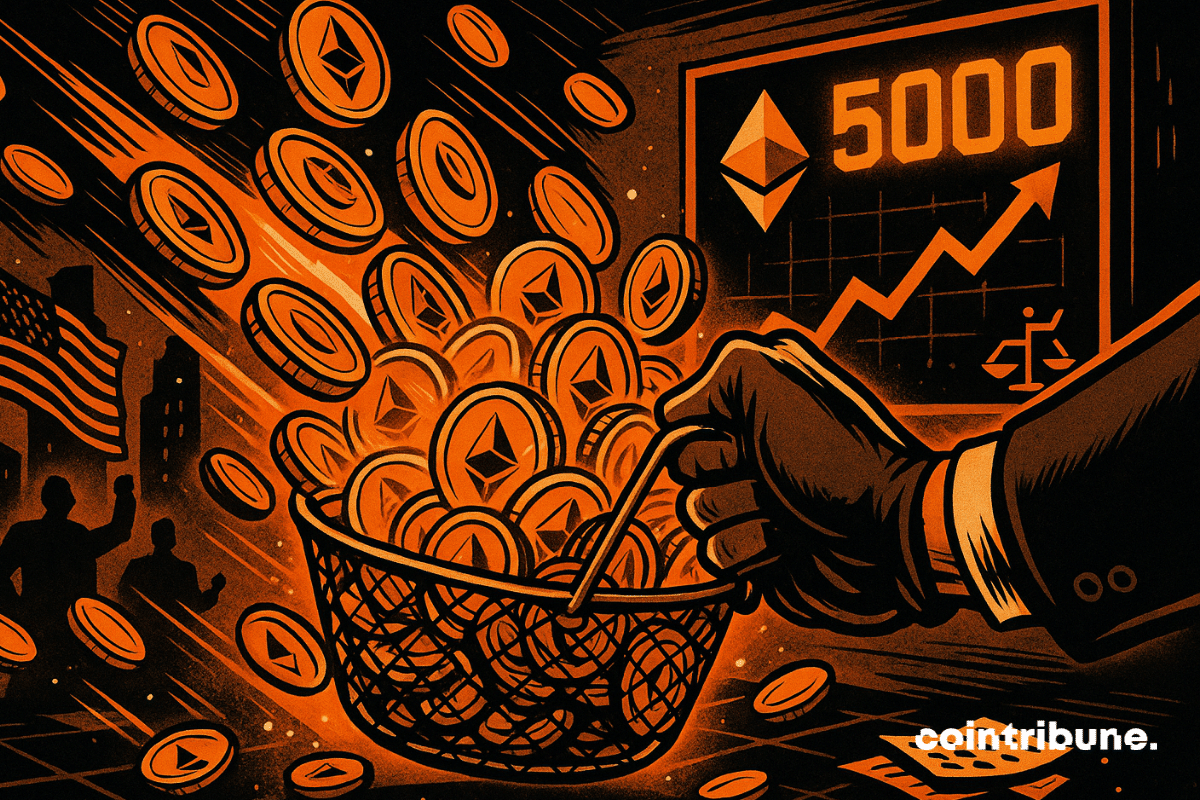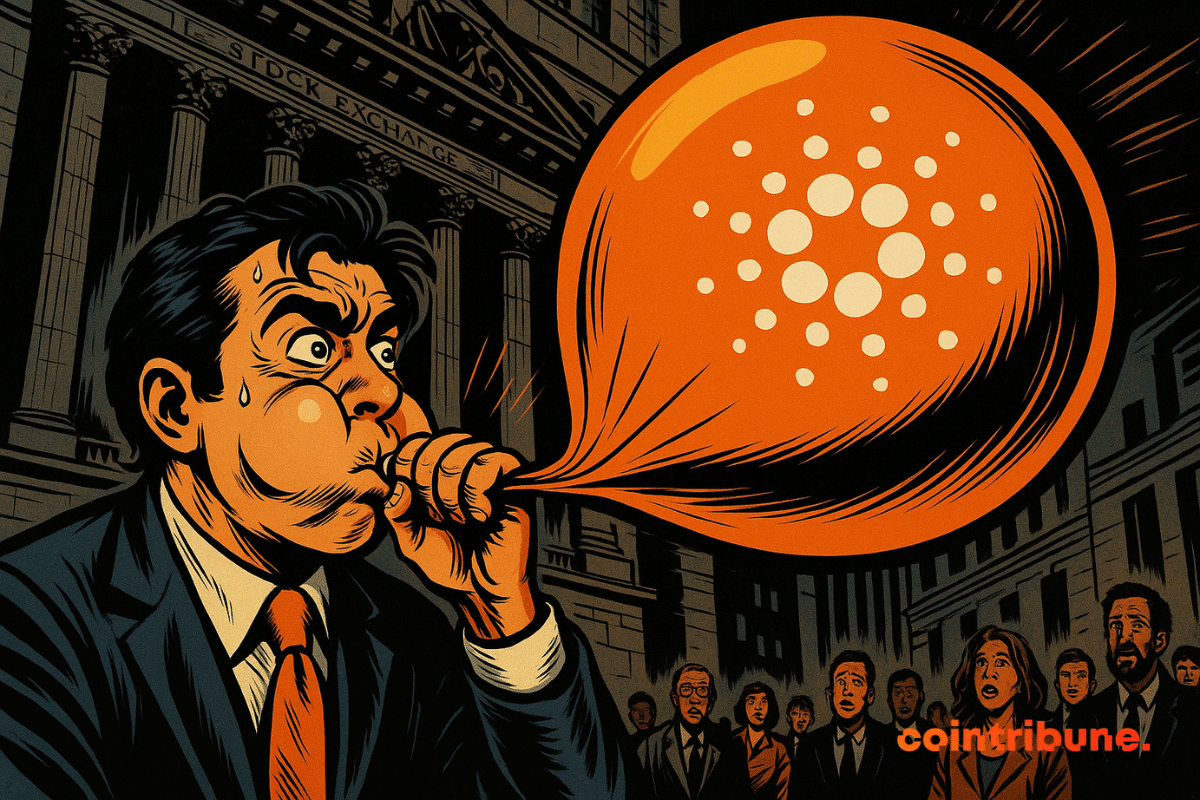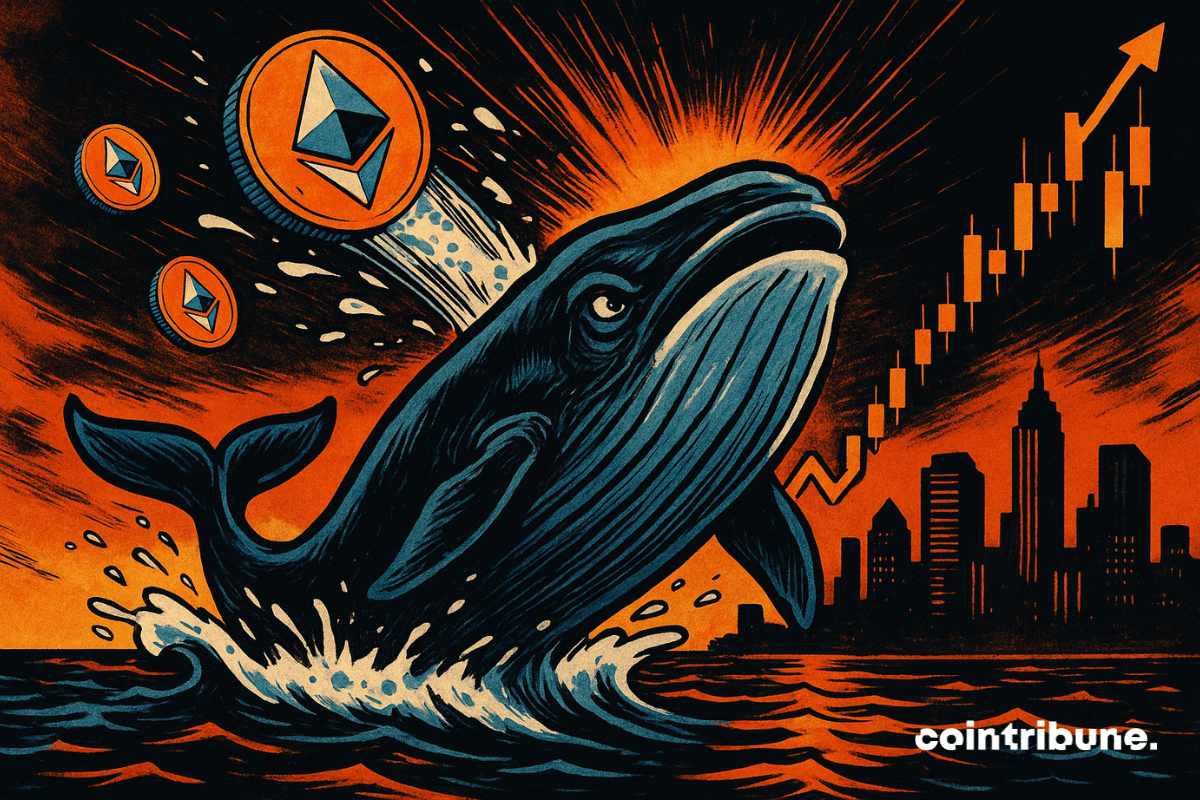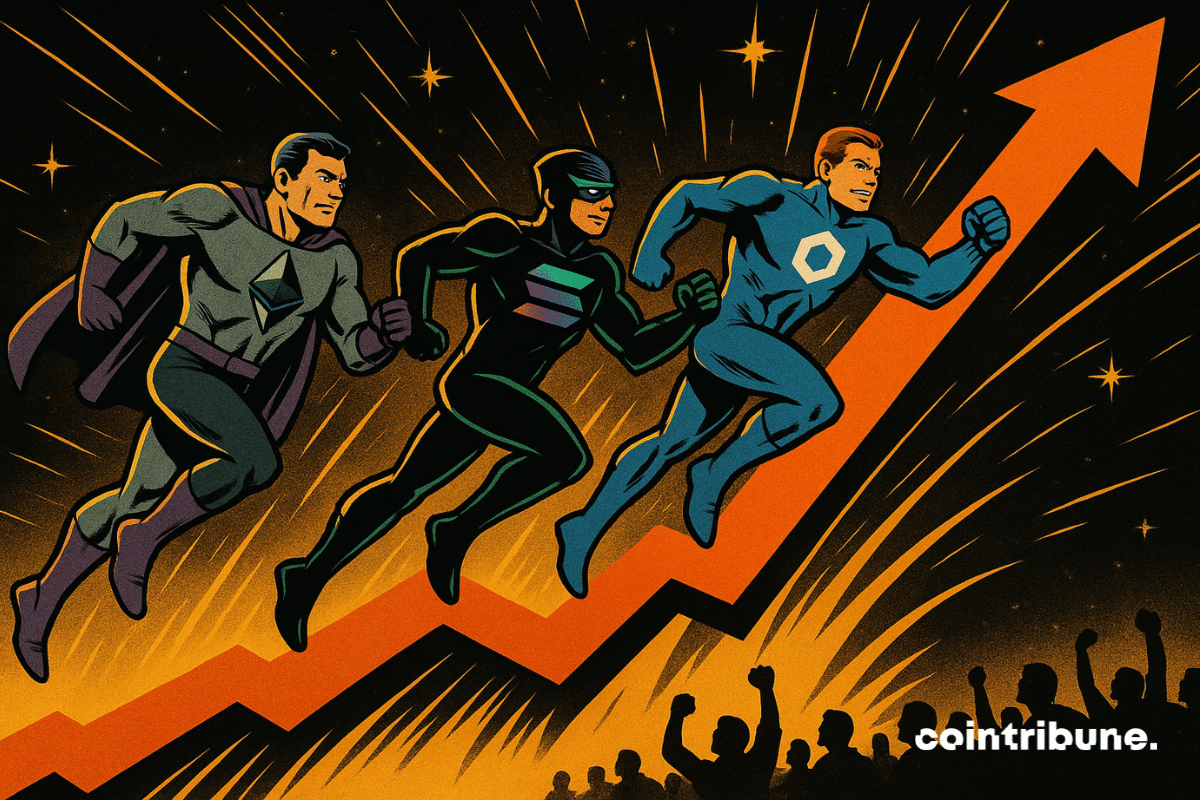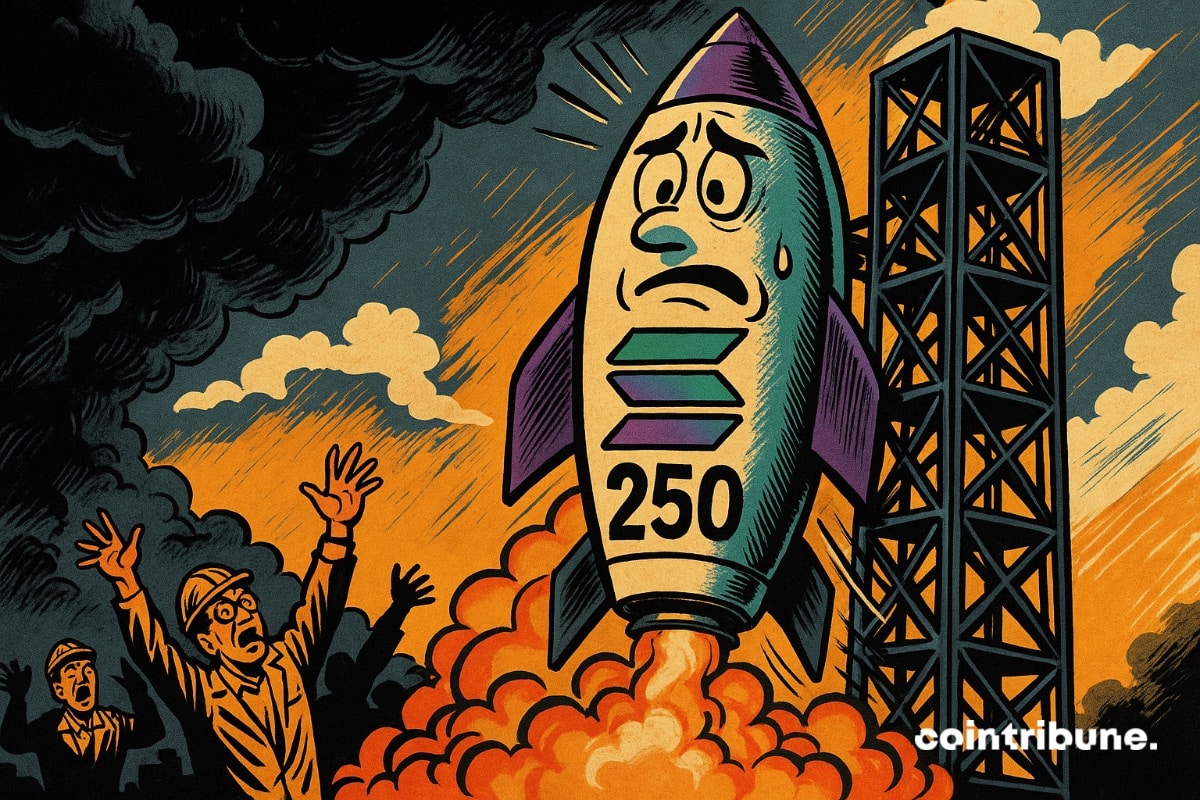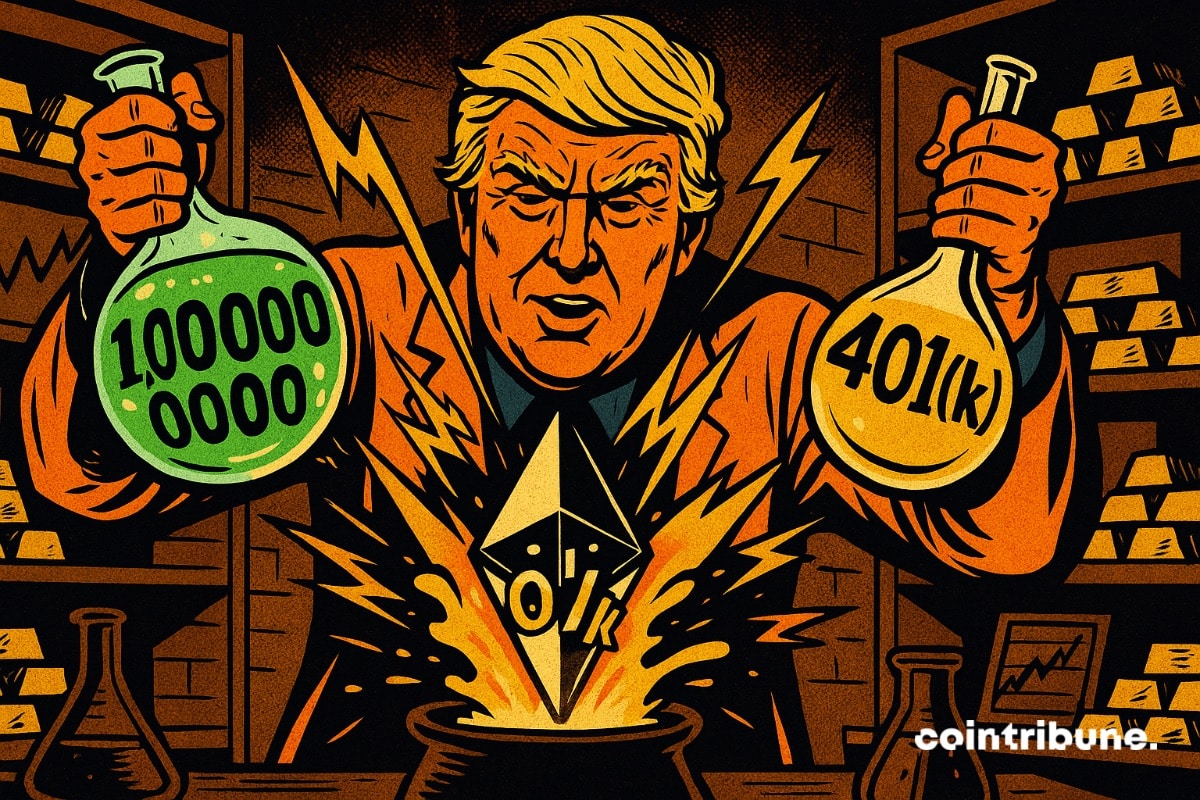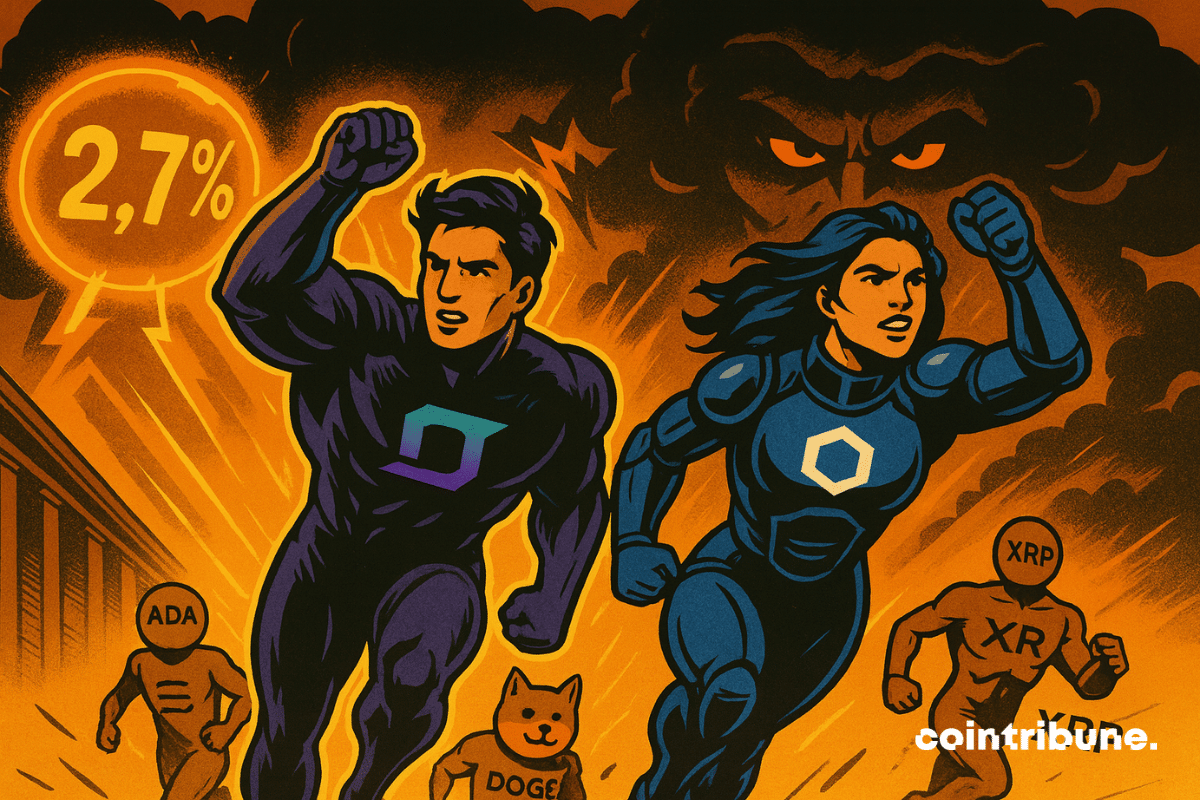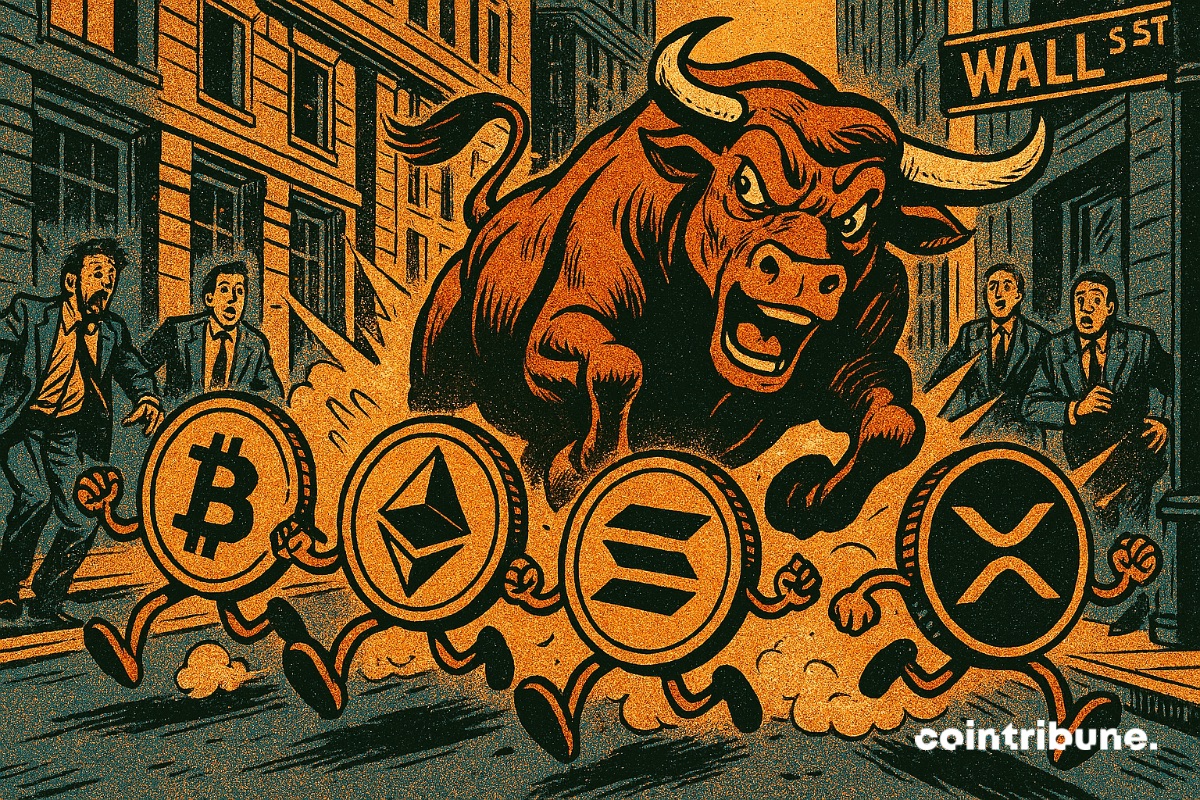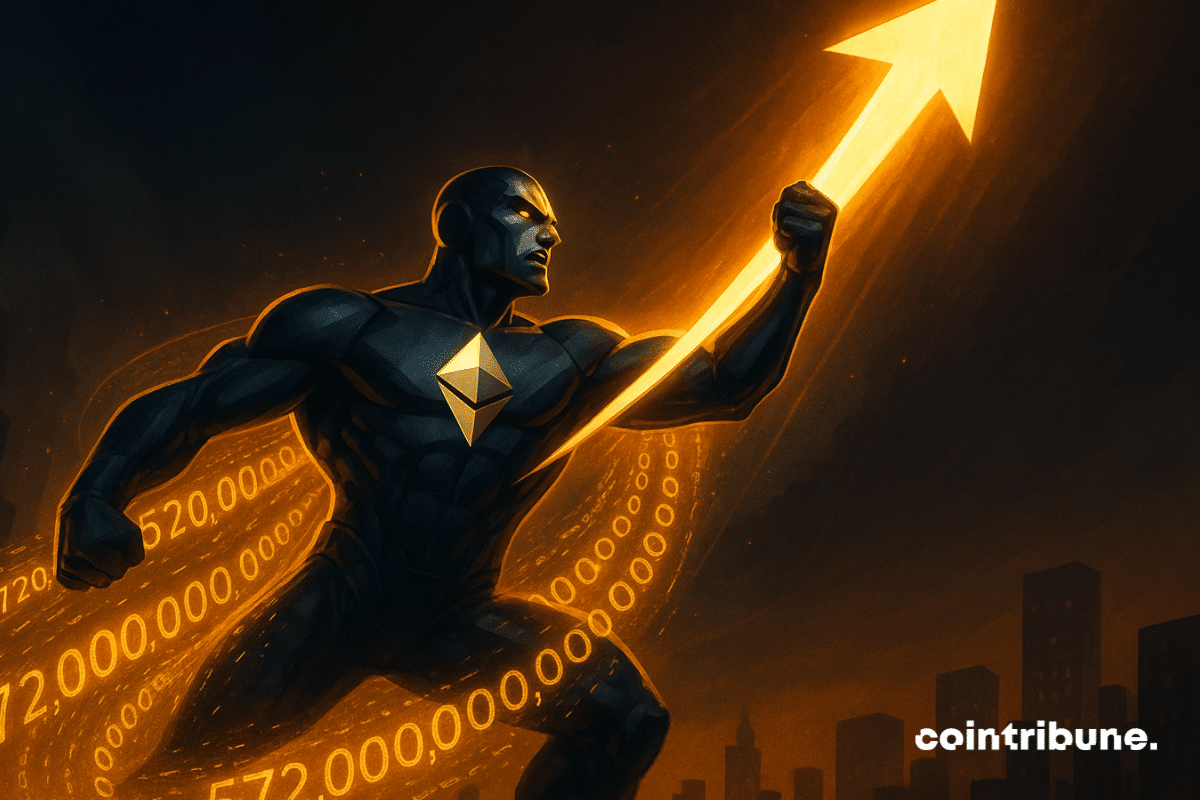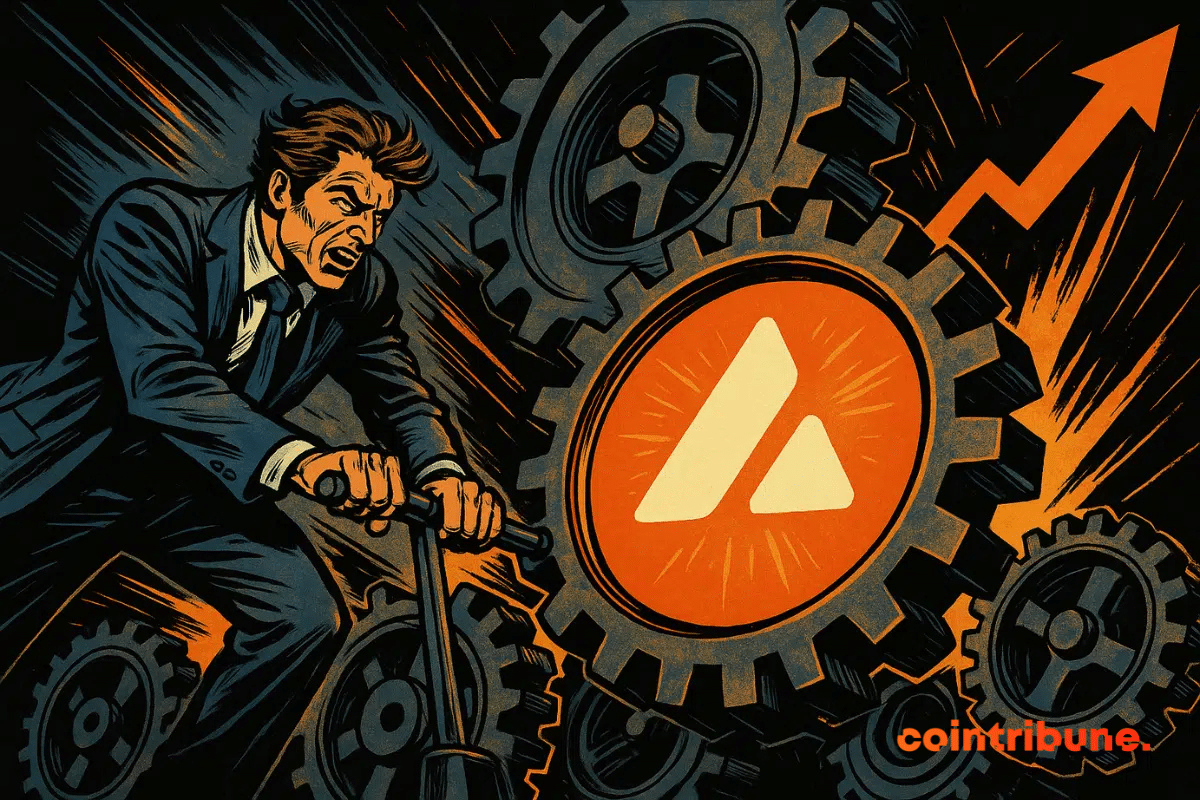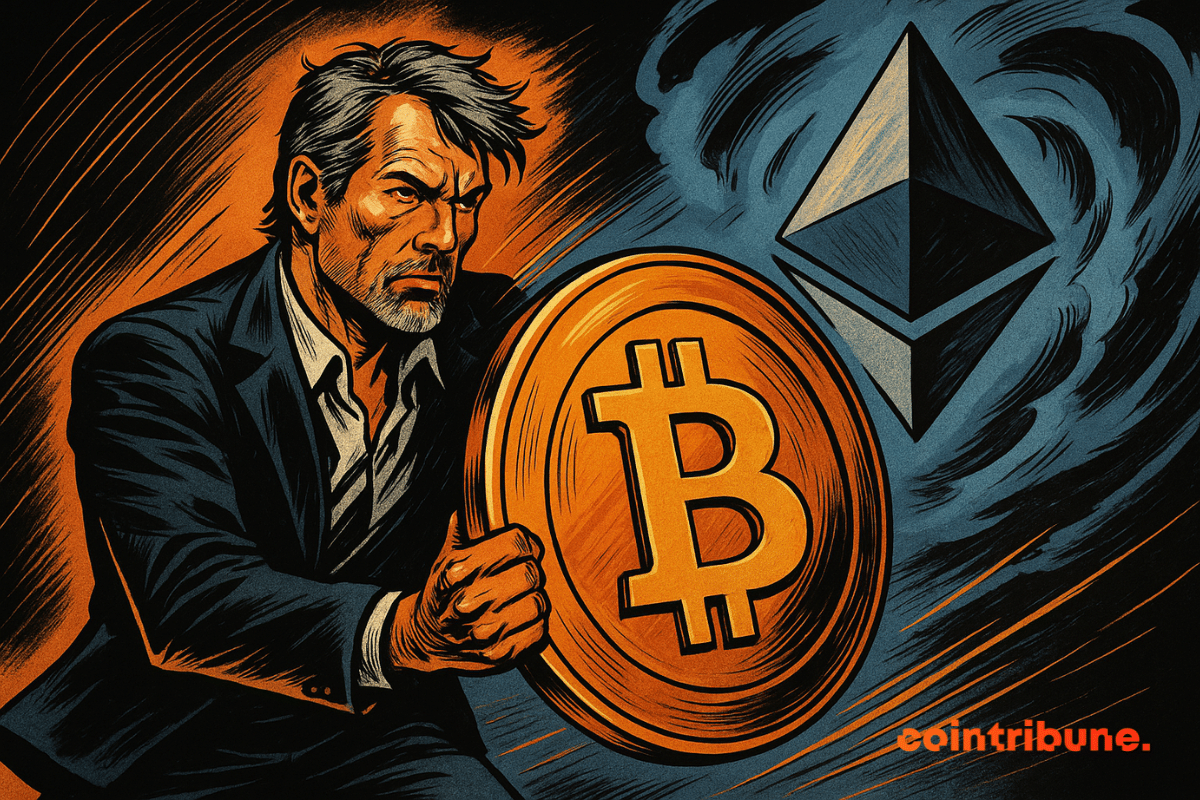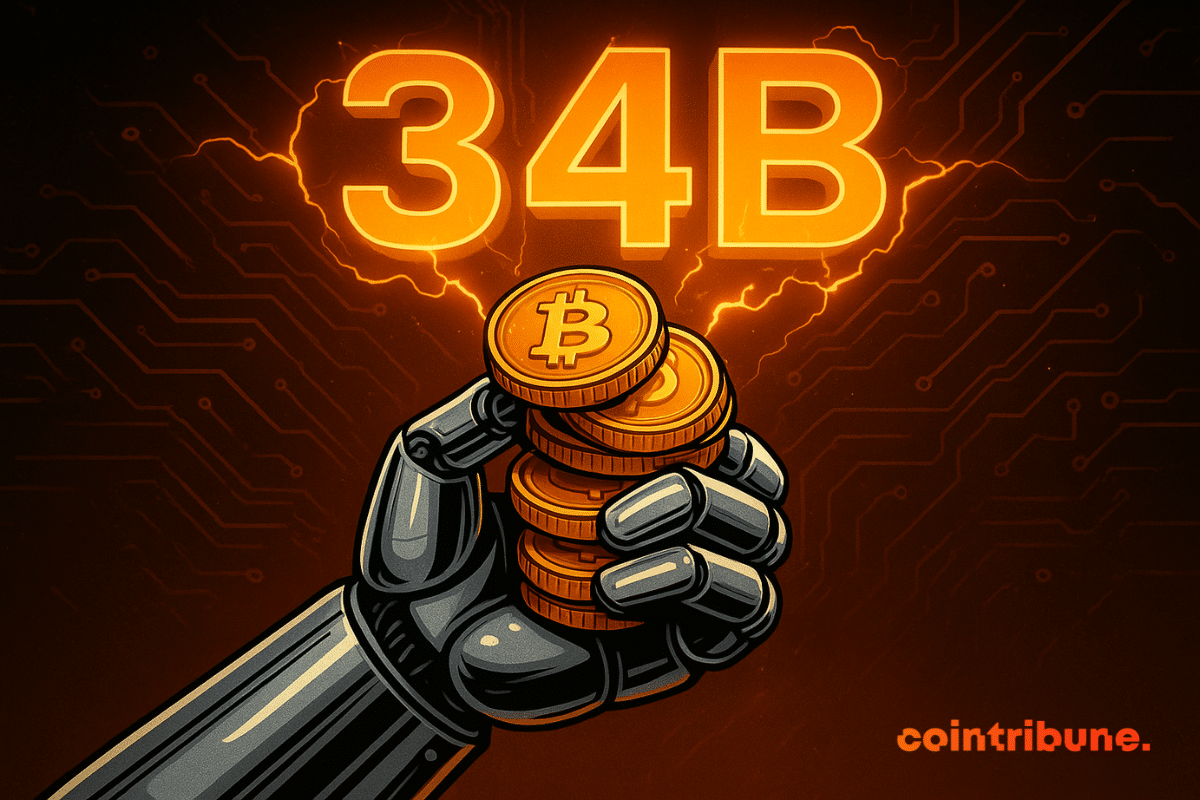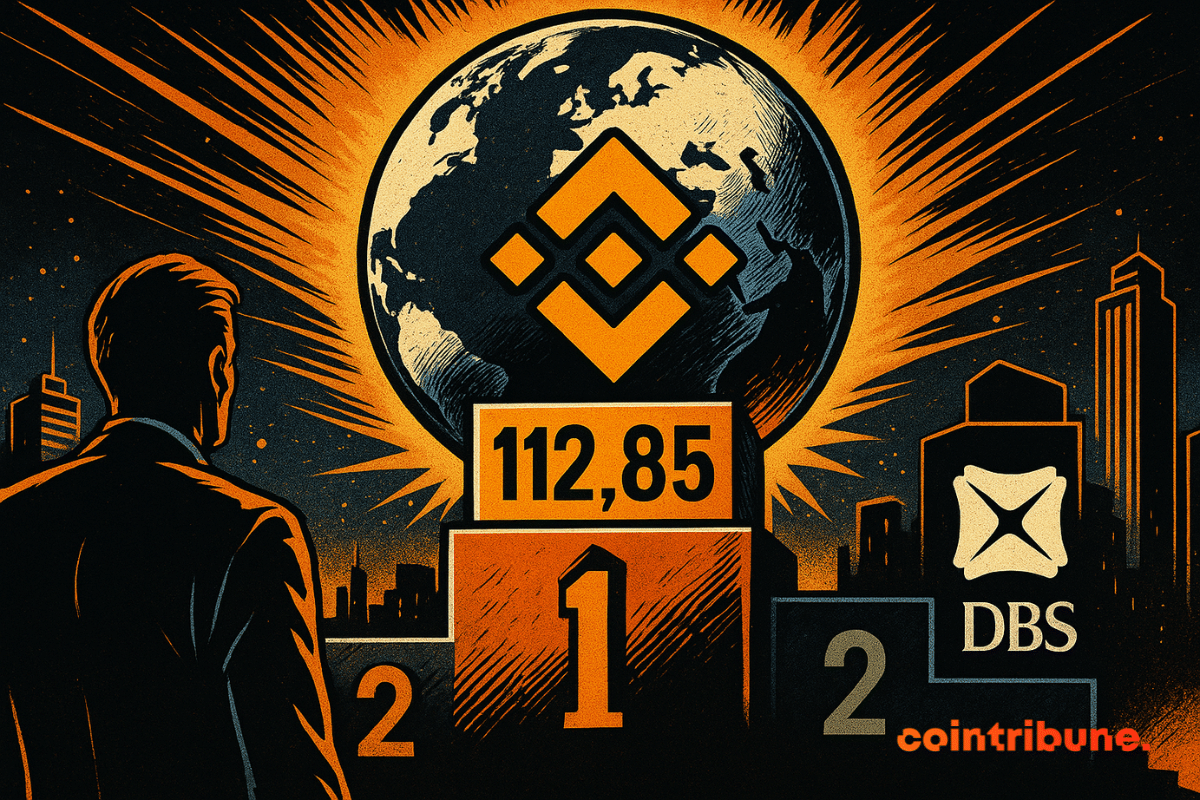Crypto ETFs blocked, Trump put on hold, and the SEC playing for time: behind regulatory delays, a strange political ballet resembling regulatory poker.
Theme Altcoins
The crypto market remains paradoxical. While Ether records a sharp drop of nearly 6% in a single session, ETFs linked to the world's second largest crypto continue to capture record volumes and inflows. A contradictory dynamic that illustrates the growing maturity of institutional investors: short-term corrections are no longer enough to slow the rush towards financial products backed by Ethereum.
While the wait around Pi Network drags on, a discreet statement from a moderator reignites hopes. Millions of users are still waiting to access their mined tokens, but a second migration to the mainnet could change the game. This signal, although unofficial, comes amid growing frustration. If it materializes, it would mark a strategic turning point for a project still locked in its mainnet, far from the promises of a truly accessible blockchain.
olana is preparing to replace TowerBFT with Alpenglow, a new consensus model aimed at faster finality, stronger security, and performance closer to traditional financial markets.
The stablecoin market has just passed another historic milestone with a total capitalization of 273 billion dollars. Tether consolidates its overwhelming dominance with 165 billion dollars, more than 60% of this booming sector.
Ethereum is soaring, ETFs are rushing in, but beware of overflow: exchange platforms are filling up and ether heats up faster than an insomniac trader's coffee.
Bitcoin wavers below 117,000 dollars as the "Ghost Month" threatens to lead to a drop to 100,000. Between sustained demand in the United States and Korea, and seasonal pressures, the market plays a decisive game.
XRP, long held back by its judicial battle with the SEC, returns to the forefront. While institutional investors quietly strengthen their positions, a series of massive liquidations shakes the market. Between unstable technical signals and behind-the-scenes accumulation strategies, crypto is going through a zone of high instability. Should this be seen as a simple correction or the beginning of a strategic repositioning?
The bullish momentum of bitcoin seems to be fading. After reaching a peak above $124,000, the leading cryptocurrency shows signs of fatigue. Meanwhile, retail investor interest is shifting towards altcoins and Ethereum. Could this capital rotation signal a new phase in the crypto cycle?
Since touching a daily high of $24.74 on August 13, Chainlink’s (LINK) northward price movement has cooled, pushing the asset a few levels lower. Despite LINK’s upward trend stalling, large holders are still accumulating the coin. Generally, these whale buyers view this slip as a “buy the dip” window for a potential next leg higher. So, what are the current bets regarding LINK’s future trend?
The crypto market is going through a major redistribution phase. While Ethereum attracts the majority of capital and focuses investors' attention, memecoins are losing ground, seeing their dominance crumble. Dogecoin, Shiba Inu, and Pepe struggle to keep pace. Should this be seen as an end of cycle or just a lull before a new explosive rally?
Cardano posted one of its strongest single-day performances of 2025, jumping more than 17% in 24 hours as speculation swirled over a possible Cardano-focused ETF from Grayscale Investments. The rally left Bitcoin and Ethereum trailing and pushed ADA to the number two spot among the day’s top gainers in the crypto market.
Ethereum spot ETFs saw heavy inflows this week, led by BlackRock and Fidelity, as investor demand for the asset grows.
Ethereum has rebounded from its end-of-July drop, trading just a few levels shy of its all-time high (ATH), as buyers flood its current price level. Amid this notable trend, market observation tools have spotted an interesting on-chain activity: Ether net outflows have skyrocketed in the past month. This data suggests that crypto participants may be positioning for potential profit-taking.
Grayscale eyes a Cardano ETF, prices soar, and traders speculate. But will ADA be able to maintain its top position or will it fall victim to its own crypto success?
Ethereum races toward its all-time high, chased by three hungry altcoins. Between voracious whales and wild forecasts, the crypto world is stirring... and some are already counting their bills.
The dominant narrative of the crypto market remains centered on bitcoin and its ETFs, but marginal signals outline another trajectory. Indeed, Google searches for the term "altcoin" have just reached an unprecedented peak since 2021, a sign that attention is shifting. At the time, DeFi and NFT attracted capital. Today, the dynamic seems to be reconstituting, more diffuse, but fueled by concrete indicators. A new cycle could then open.
Solana has crossed $205, fueling speculation about a target of $250. Between favorable on-chain indicators and declining DEX volumes, find out whether this rally can last or will fade against the headwinds of the crypto market.
Ethereum reaches a milestone with 1 billion injected via its ETFs and the opening of 401(k) plans to cryptos. A historic double boost that could propel ETH to new heights and redefine global crypto investment.
The crypto market is heating up with Solana and Chainlink leading the way. We bring you all the details in this article.
Bitcoin could break 140,000 $ and Ethereum target 4,600 $. The signals are piling up and tension is rising in the crypto market. A crucial question arises: are we at the gates of a new all-time high?
2025 could mark one of the biggest crypto bull runs in history. Between record inflows into ETFs, favorable US regulation, and explosive technical signals, Bitcoin, Ethereum and altcoins are preparing for an unprecedented surge.
Ethereum drove strong inflows into crypto exchange-traded products last week, helping the market recover after earlier losses.
The Avalanche crypto heats up under a tough resistance. Between pending ETFs, reduced fees and millions burned, AVAX sharpens appetites... and could soon outshine the competition.
An unidentified entity has been on a buying spree for Ethereum, snapping up nearly $1 billion worth of ETH in just one week, a move that coincides with Ethereum’s market cap overtaking Mastercard.
The company BNC purchased 200,000 BNB tokens, for a total amount of about 160 million dollars. Thanks to this purchase, it becomes the largest BNB holder worldwide among companies. This choice is not a simple investment. It is a new strategic direction.
Ethereum saw the biggest short liquidation in the crypto market on Friday, wiping out $105 million in bearish bets as the price surged past $4,000 for the first time in eight months. The move drew reactions from high-profile figures, including Eric Trump, who warned traders against betting against Bitcoin and Ethereum.
Altcoins are no longer a fleeting bubble. Their presence is consolidating to the point of attracting the biggest names in traditional finance. BlackRock, a Wall Street giant, is now opening up to leading cryptos like ether. This institutional shift changes the game in the crypto ecosystem. However, for Michael Saylor, a leading figure of MicroStrategy, a hierarchy is imposed: bitcoin remains the benchmark. And even if Ethereum shines, he refuses to grant it the same status.
Following a drop towards the end of July, the crypto market witnessed a fresh injection of optimism over the past week. Artificial intelligence (AI) assets also leveraged this market wave, with many experiencing a strong northward push, as the sector crossed $34 billion in valuation.
When a crypto token starts to challenge Nike and DBS Bank, it signals a major reshuffle in the ranking of power players. And to think this is just the beginning...
